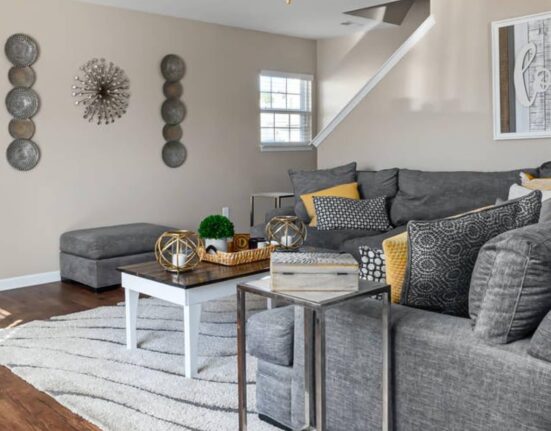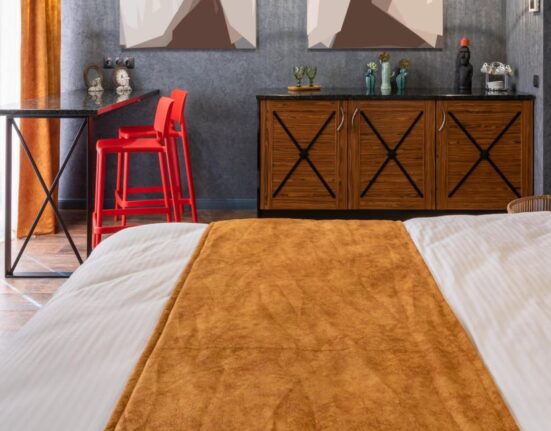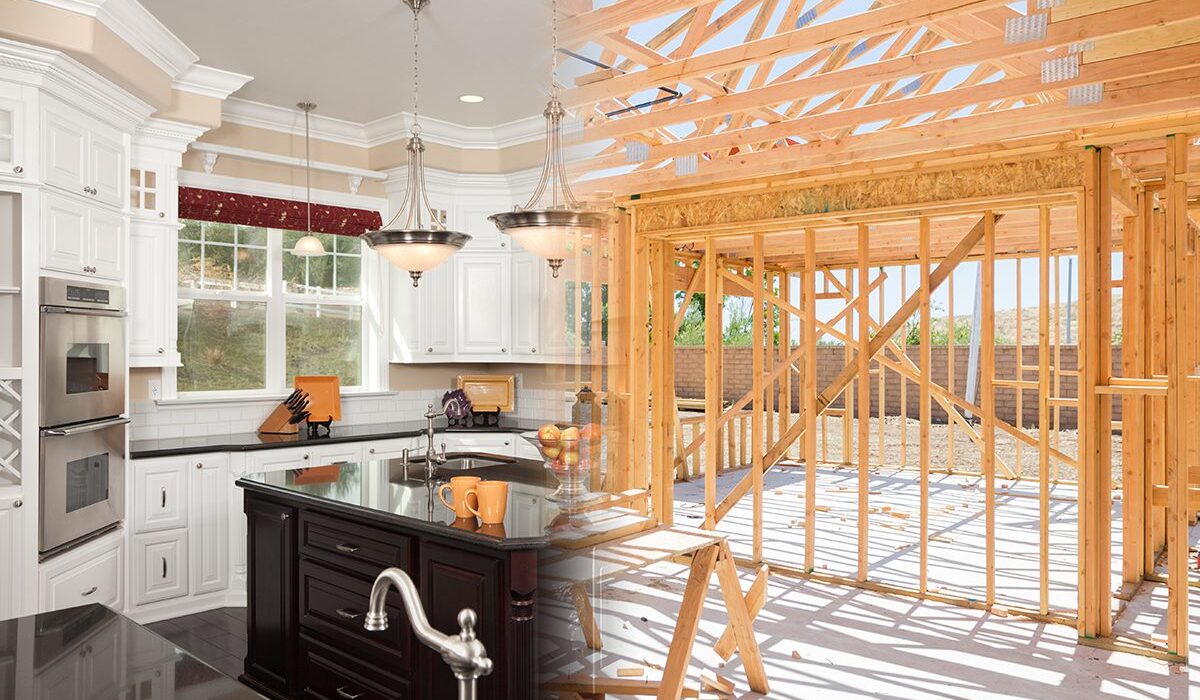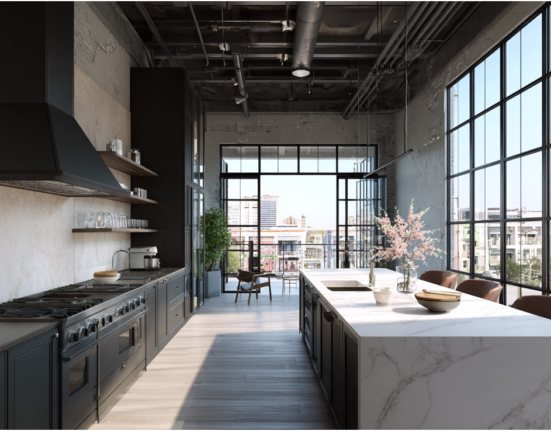Imagine standing on an empty plot of land, with only the blue sky overhead and wind rustling through the trees. The smell of fresh earth fills the air, and as you gaze at the space, your mind begins to transform it into something tangible—a home. You can already see the walls going up, the roof taking shape, and the final touches making this house a true reflection of your dreams. For many, the journey from empty land to a completed home is one of the most exciting and fulfilling projects of a lifetime. But it’s also filled with steps requiring careful planning, execution, and decision-making. This article will guide you through the essential steps in building a house, from the initial vision to the final touches, supported by critical statistics and expert insights.
Planning and Pre-Construction Phase
The first step in building a house begins before any ground is broken. This phase includes gathering ideas, setting a budget, and choosing your building site. In the U.S., the average cost of building a house in 2024 ranges between $150 and $300 per square foot, depending on location, materials, and design complexity. In the pre-construction phase, you will also need to consult with architects, designers, and builders to develop detailed plans.
Obtaining the necessary permits is crucial during this stage. According to data from the U.S. Census Bureau, approximately 1.39 million building permits were issued in 2022, reflecting the extensive regulatory processes involved in home construction. Depending on the region, this step can take anywhere from a few weeks to several months.
Site Preparation and Foundation Work
Once permits are secured, it’s time to prepare the site. This involves clearing the land of trees, rocks, and other debris. In some cases, site preparation can also include grading the land to ensure proper drainage and stability. According to experts, site preparation costs range from $2,000 to $10,000, depending on the complexity of the terrain.
The foundation is one of a house’s most critical elements. Builders typically use concrete for its durability and ability to withstand environmental forces. The type of foundation used—whether a slab, crawl space or full basement—depends on local climate and soil conditions. On average, the foundation phase accounts for 10–15% of the total construction cost.
Framing the Structure
Once the foundation is in place, the next phase is framing the house. This stage involves constructing the skeleton of the building, including the walls, floors, and roof. Wood remains the most common framing material in residential construction, accounting for approximately 90% of all homes built in the U.S.. Steel and concrete framing are also used in certain regions, particularly for larger or more modern designs.
Framing is often the most visually exciting part of construction because it’s when the house starts to take shape. The average cost for framing a home is between $15,000 and $35,000, depending on the size and complexity of the design.
Roofing, Windows, and Doors
With the frame in place, the next step is to install the roof, windows, and doors, effectively “drying in” the house. This means the structure is protected from the elements, allowing interior work to proceed even if the weather turns unfavourable. Roofing materials vary widely, from traditional asphalt shingles to modern metal or slate options. HomeAdvisor says the average cost of a new roof ranges from $5,000 to $10,000, with metal and slate being higher.
Windows and doors are essential for both functionality and aesthetics. Energy-efficient options are becoming increasingly popular, with homeowners looking to reduce long-term energy costs. According to the Department of Energy, energy-efficient windows can save homeowners up to 15% annually on heating and cooling costs.
Plumbing, Electrical, and HVAC Installation
Now that the house is dried in, it’s time to install the essential systems to make it functional. Plumbing, electrical wiring, and HVAC (heating, ventilation, and air conditioning) systems are all installed during this phase. These systems can vary widely, but plumbing costs between $10,000 and $20,000 for a standard-sized house.
Electrical work is another significant expense, often ranging from $8,000 to $15,000, depending on the complexity of the wiring and the number of fixtures installed. HVAC systems can cost between $5,000 and $12,000, with higher-end systems offering greater energy efficiency and comfort.
Insulation and Drywall
With the essential systems in place, the next step is to insulate the house. Proper insulation is critical for energy efficiency and maintaining a comfortable indoor temperature. The insulation cost depends on the type used, with options including fibreglass, foam, and spray foam. On average, homeowners can expect to spend between $1,500 and $3,500 on insulation.
Drywall installation follows insulation, providing the interior walls and ceilings. Depending on the size of the house, the drywall phase typically costs between $10,000 and $15,000. Once the drywall is up, the house begins to feel more complete.
Interior Finishes: Flooring, Paint, and Fixtures
Homeowners can personalize their space with interior finishes, including flooring, cabinetry, countertops, and paint. Flooring costs vary greatly, from $3 to $12 per square foot, depending on the material chosen. Hardwood floors tend to be higher, while vinyl and laminate are more affordable options.
Painting is another crucial step in finishing a home. The average cost to paint a house ranges from $2,500 to $7,500, depending on the size and complexity of the job. At this point, lighting fixtures, bathroom vanities, and kitchen appliances are also installed.
Exterior Finishes and Landscaping
The house’s exterior is completed with siding, paint, and landscaping. According to the National Association of Home Builders, exterior finishes account for approximately 14% of the total construction cost. Popular siding materials include vinyl, wood, and fibre cement, with costs ranging from $6,000 to $12,000 for a standard home.
Landscaping is often the final touch in making a house feel like a home. Depending on the size of the yard and the level of detail desired, professional landscaping can cost anywhere from $3,000 to $15,000.
Final Inspection and Move-In
Before moving in, the house must pass a final inspection to ensure everything complies with local building codes. This process typically takes a few hours and involves checking all systems, including plumbing, electrical, and HVAC. Once the inspection is passed, the house is officially ready for occupancy.
Conclusion: From Blueprint to Reality
Building a house is a complex and rewarding process. From the initial vision to the final touches, each step brings you closer to your dream home. With careful planning and expert guidance, the journey can be as fulfilling as the destination itself.














